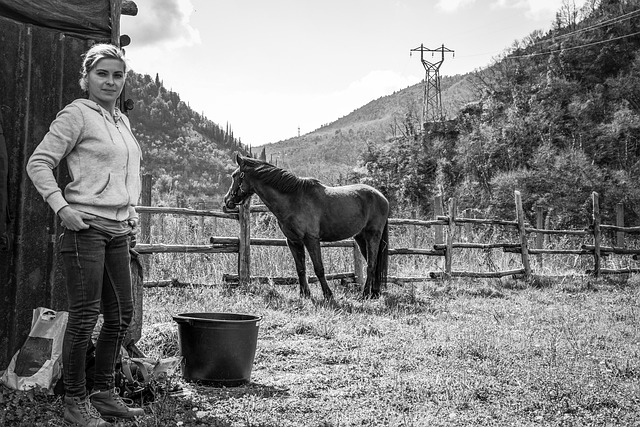Survivors of Circle of Hope Girls Ranch, a closed facility with a history of abuse allegations, are taking legal action and seeking justice. They receive support from organizations offering pro bono services, state programs, and attorneys specializing in sexual abuse cases to document experiences, gather evidence, and pursue civil lawsuits or criminal charges against the ranch and responsible individuals.
“Unveiling Justice for Circle of Hope Survivors: A Journey Towards Healing and Accountability
The Circle of Hope Girls Ranch, once a place of supposed solace, has left an indelible mark on its survivors, sparking a movement to seek legal recourse. This article delves into the historical context of the ranch, exploring how its past practices have led to significant legal implications for those affected. We guide survivors through their rights and available resources while offering practical steps to initiate the process of seeking justice. Take control and understand your options in navigating this delicate yet crucial path.”
- Understanding the Circle of Hope Girls Ranch History
- Legal Rights and Resources for Survivors
- Taking Action: Steps to Pursue Justice
Understanding the Circle of Hope Girls Ranch History

The Circle of Hope Girls Ranch, established with the noble intention of providing a safe haven for at-risk girls, has unfortunately been associated with allegations of abuse and neglect over the years. This history is crucial to understanding the ongoing legal actions initiated by survivors seeking justice and accountability. The ranch, operating under various names and owners, has left a complex trail that includes reports of physical, emotional, and sexual abuse, as well as inadequate care and supervision.
Survivors of these alleged traumas have come forward to share their stories, sparking investigations and legal proceedings against the ranch and its associated individuals. The Circle of Hope Girls Ranch’s past practices and the lack of regulatory oversight have created a foundation for these legal actions, aiming to hold those responsible accountable and provide closure and healing for the survivors.
Legal Rights and Resources for Survivors

Survivors of the Circle of Hope Girls Ranch, now known as a tragic chapter in the history of child welfare, have specific legal rights and resources available to them. The ranch, operating under various names over the years, was closed after allegations of widespread abuse emerged, leading to a wave of support for survivors seeking justice and healing.
Legal aid organizations dedicated to assisting victims of childhood trauma have stepped up to provide pro bono services, helping survivors navigate complex legal systems. These resources include counseling on filing civil lawsuits against responsible entities, assistance in obtaining compensation for damages suffered, and guidance on pressing criminal charges where applicable. Additionally, state-funded programs offer support for survivors seeking to understand their rights, access medical care, and receive therapy, all crucial steps in the healing process for those who endured the harrowing experiences at Circle of Hope Girls Ranch.
Taking Action: Steps to Pursue Justice

Many survivors of Circle of Hope Girls Ranch are now taking action, seeking justice and closure through legal channels. The first step is to consult with an experienced attorney who specializes in sexual abuse cases. These legal professionals can provide guidance tailored to each individual’s unique experiences and help them understand their rights.
Once a survivor decides to pursue legal action, they should gather all relevant documents and evidence, such as medical records, photos, or any communications related to the ranch. It is crucial to document every detail of the abuse endured, including dates, locations, and names of potential perpetrators. This information will be instrumental in building a strong case against the Circle of Hope Girls Ranch and those responsible for the harm caused.
For those who survived the Circle of Hope Girls Ranch, seeking justice is a crucial step towards healing. By understanding their legal rights and taking proactive measures, survivors can navigate the process of holding accountable those responsible for any abuse or neglect they experienced. The steps outlined in this article empower former residents to take action, ensuring that their voices are heard and that the legacy of Circle of Hope becomes a symbol of reform rather than exploitation.
